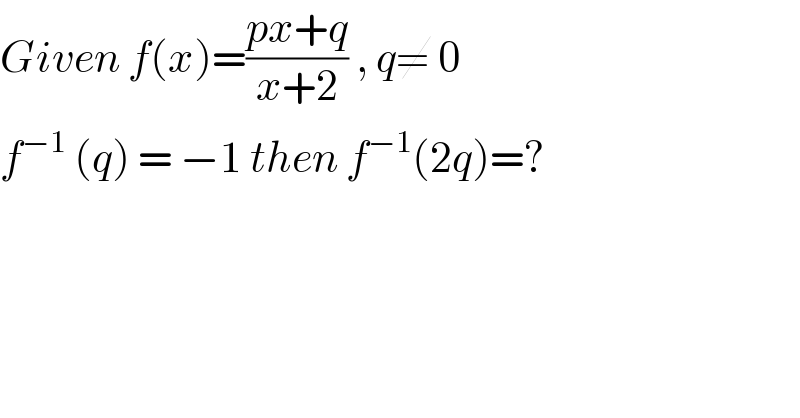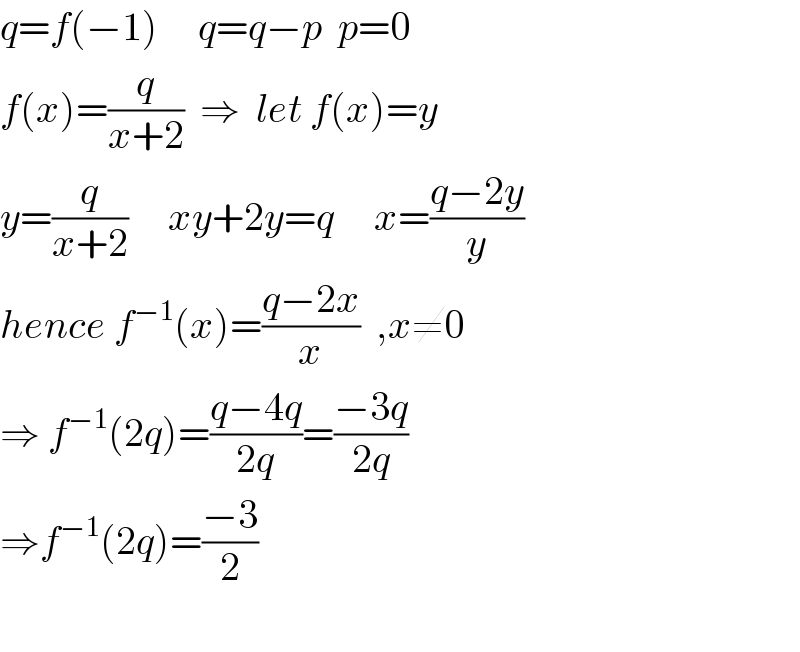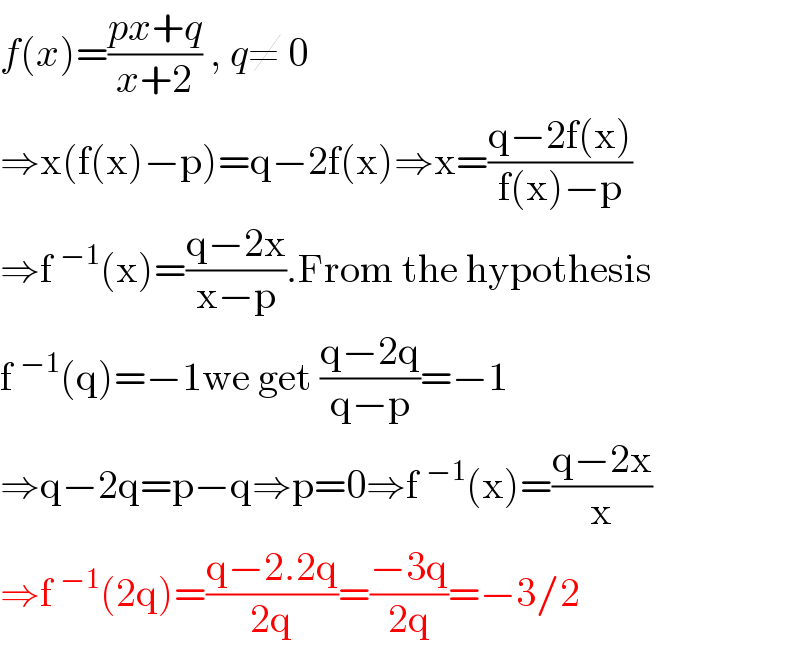
Question and Answers Forum
Previous in Relation and Functions Next in Relation and Functions
Question Number 119909 by bramlexs22 last updated on 28/Oct/20

Answered by TITA last updated on 28/Oct/20

Answered by 1549442205PVT last updated on 28/Oct/20

